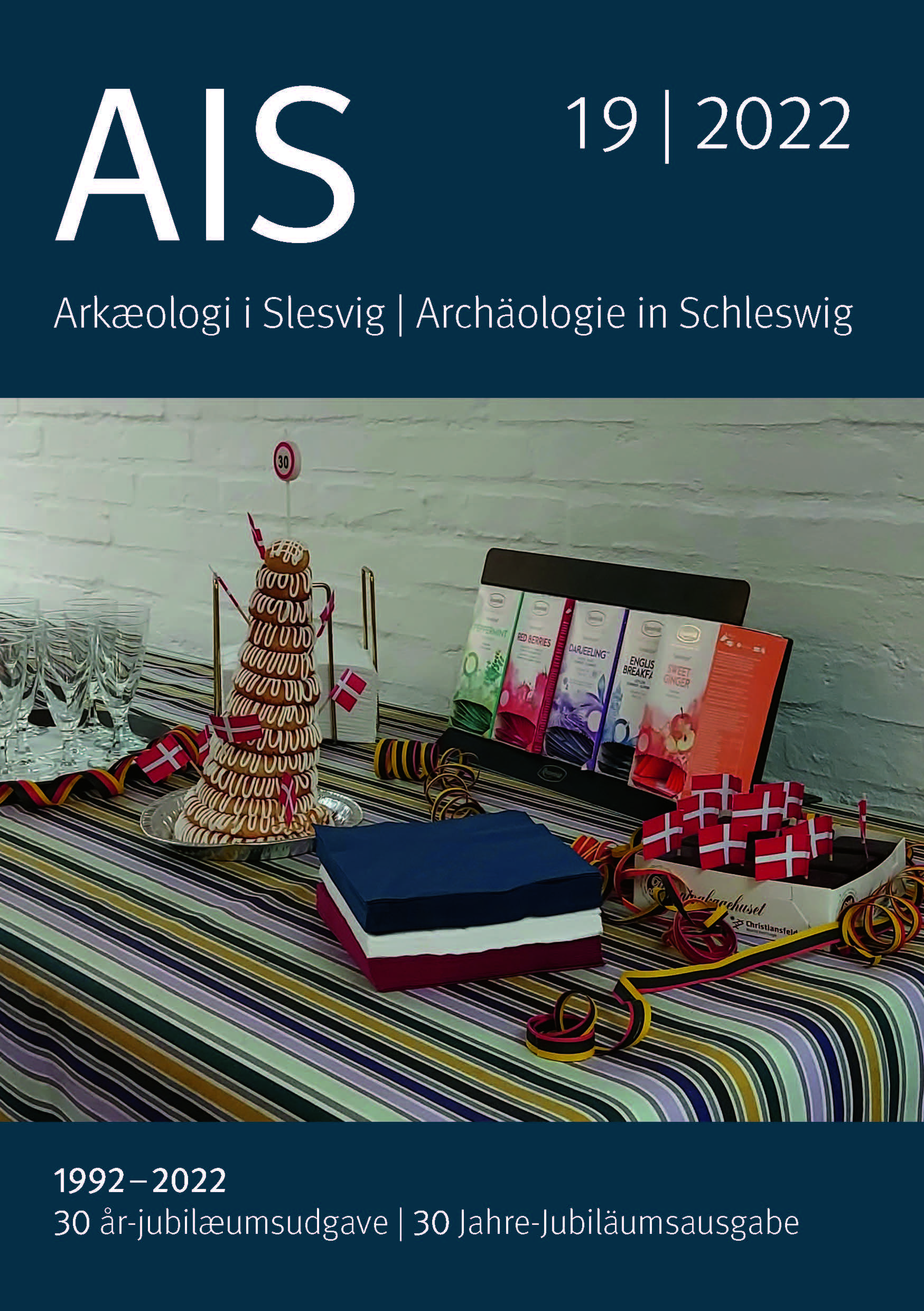Versunkene Landschaften im Nordfriesischen Watt – Das aktuelle RUNGHOLT-Projekt zur Erforschung von Kulturspuren
Resumé
The North Frisian Wadden Sea is regarded
as an important natural area and is
now protected as a national park and a
UNESCO
World Heritage Site. At the
same time, it is a relic of a submerged cultural
landscape. Environmental influences,
extreme weather conditions but also
dyke construction and artificial land reclamation
have constantly changed the region
over the past millennia. While some
areas could be regained after a devastating
flood, other parts sank into the sea for
ever. Remains of the lost terps and their
agricultural land are preserved under the
present-day surface of the Wadden Sea.
An interdisciplinary, partly DFG-funded
research project is addressing the systematic
investigation of selected areas
in the North Frisian Wadden Sea. Largescale
non-invasive methods of geophysics
together with analyses of aerial photographs
and drone photography are combined
with targeted geoarchaeological and
archaeological investigations.
A defined working area is located near
the present-day Hallig Südfall, where the
trading centre of Rungholt, which sank on
16 January 1362, is assumed to have been
located. Here, for the first time, the path
of a medieval dyke, terps, and drainage
ditches could be reconstructed, and various
locations of tide gates identified.
Hallig Hooge and the surrounding tidal
flats form another area of investigation.
A large number of submerged settlement
60
areas as well as new insights into the extent
and organisation of medieval salt peat
quarrying are the focus of the current investigations
here.
Downloads
Publiceret
Citation/Eksport
Nummer
Sektion
Licens
Copyright (c) 2023 Tidsskrift og forfatter

Dette værk er under følgende licens Creative Commons Navngivelse – Ikke-kommerciel – Del på samme vilkår (ShareAlike) (by-nc-sa).
Tidsskriftet er ikke ansvarlig for indhentelse af tilladelse fra tredjepart i forhold til brug af illustrationer m.m, ved eventuel genudgivelse af materialet.
Forfatteren er alene ansvarlig for at indhente samtlige rettigheder til publikation af kortmateriale, billeder, grafisk materiale etc.
Forfattere, der publicerer deres værker via dette tidsskrift, accepterer følgende vilkår:
OPEN ACCESS: Forfatteren bevarer ophavsret og giver tidsskriftet første ret til publicering.





